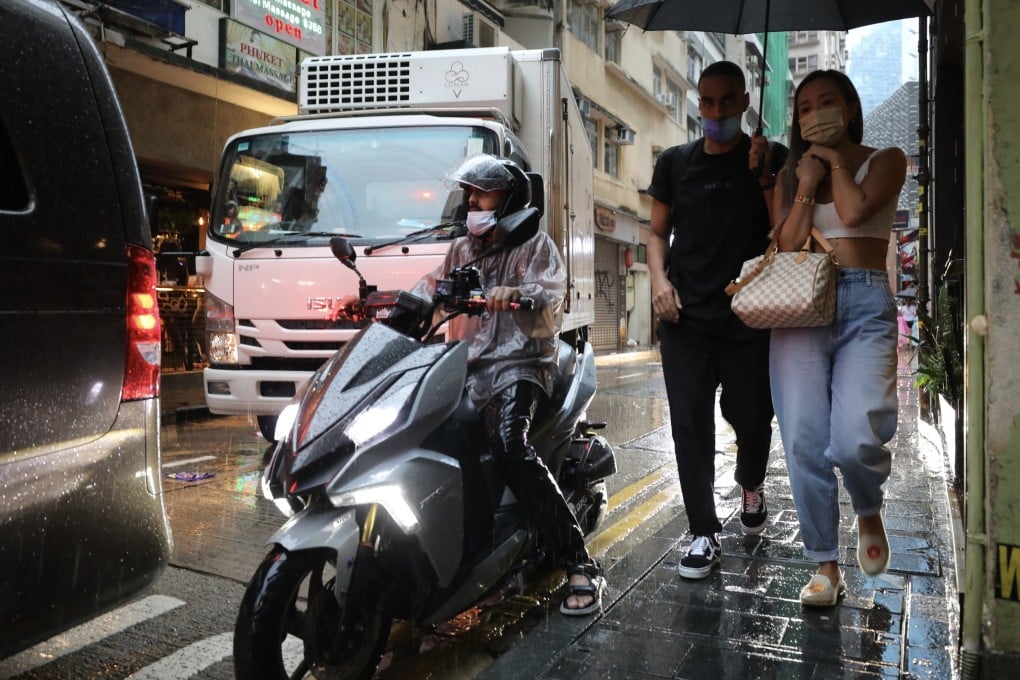Opinion | Hong Kong is becoming more racially inclusive, but unconscious bias remains
- Positive signs of progress include young people from ethnic minority backgrounds embracing their dual identity and greater public vigilance against discrimination
- The next step is to increase representation and inclusion of minority groups in the media, politics and beyond to combat harmful stereotypes and ‘othering’

Race continues to be a major talking point globally, with governments and businesses in many parts of the world introducing new measures to combat racism. Companies are making racial diversity and inclusion a priority, several cities in the US have passed police reforms, and governments such as the UK are examining institutional racism.
One of the positive developments I sense around me through observations and interactions with diverse communities is the changing profile of youth from backgrounds typically considered underprivileged. Data suggests that more local non-Chinese youth are entering tertiary education.
The other subtle change I see is the increase in awareness and vocalisation of issues related to race and identity among youth from local non-Chinese communities, thanks in no small part to social media and worldwide trends. There is also a growing expression of their dual identity.

